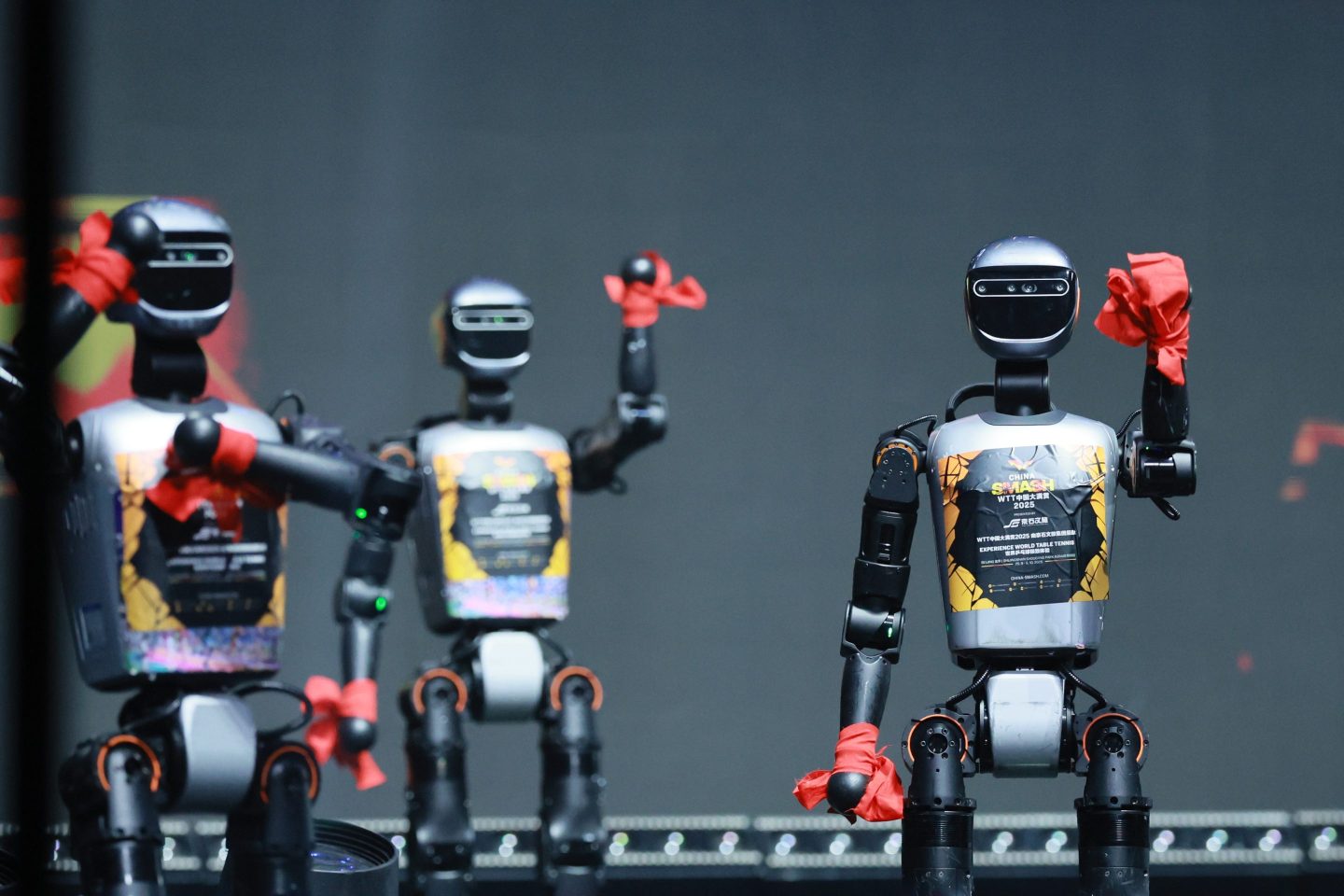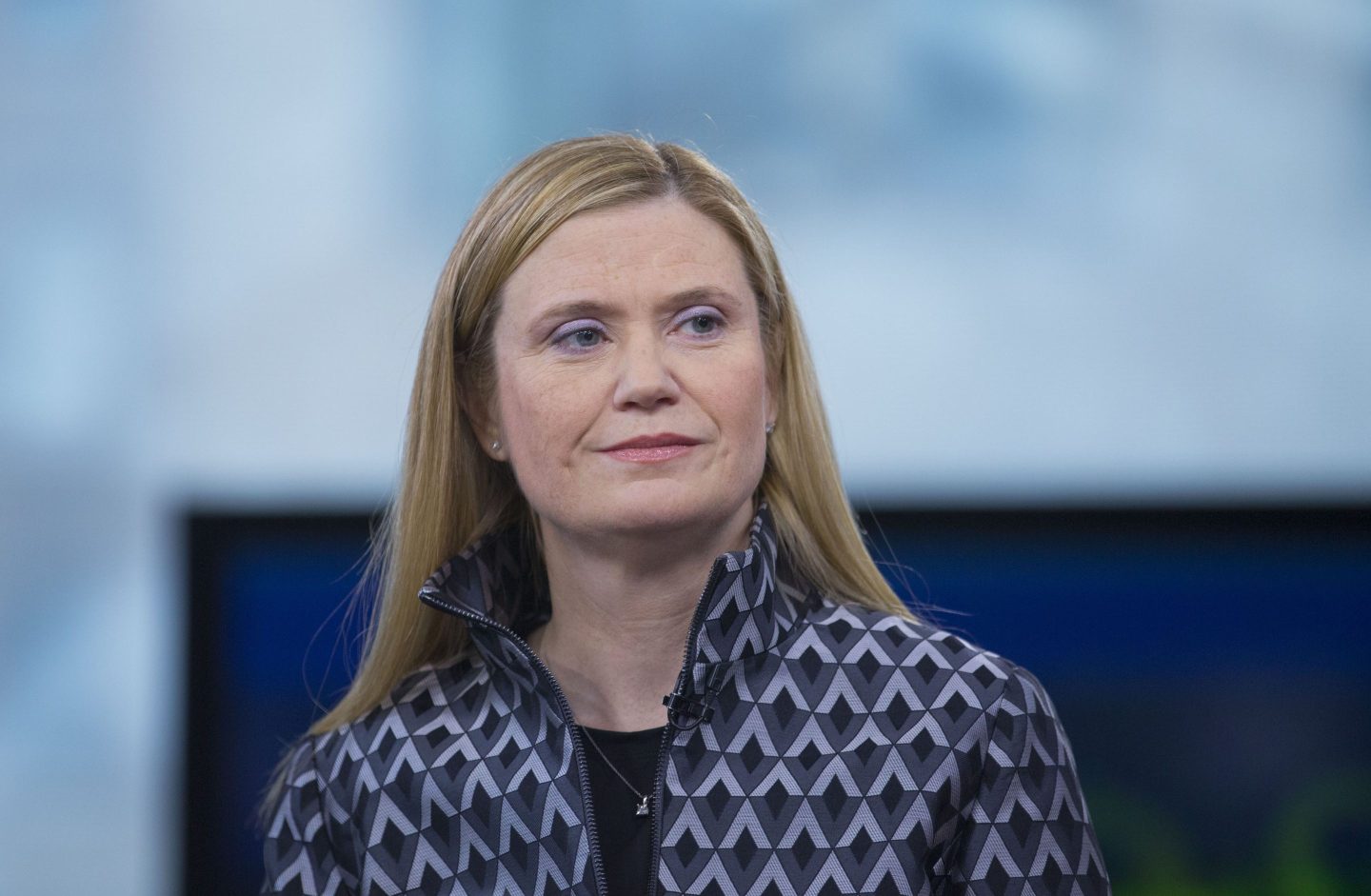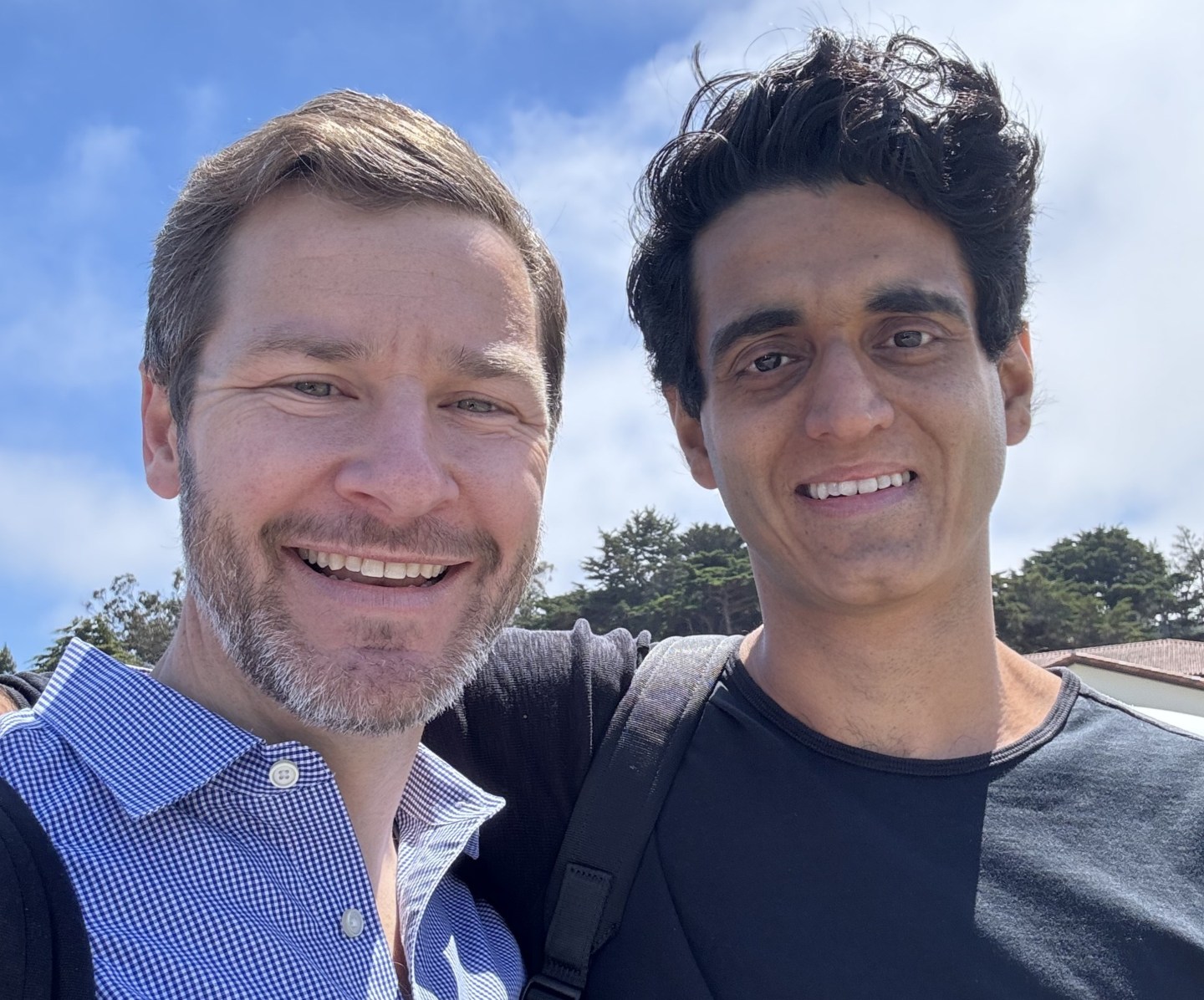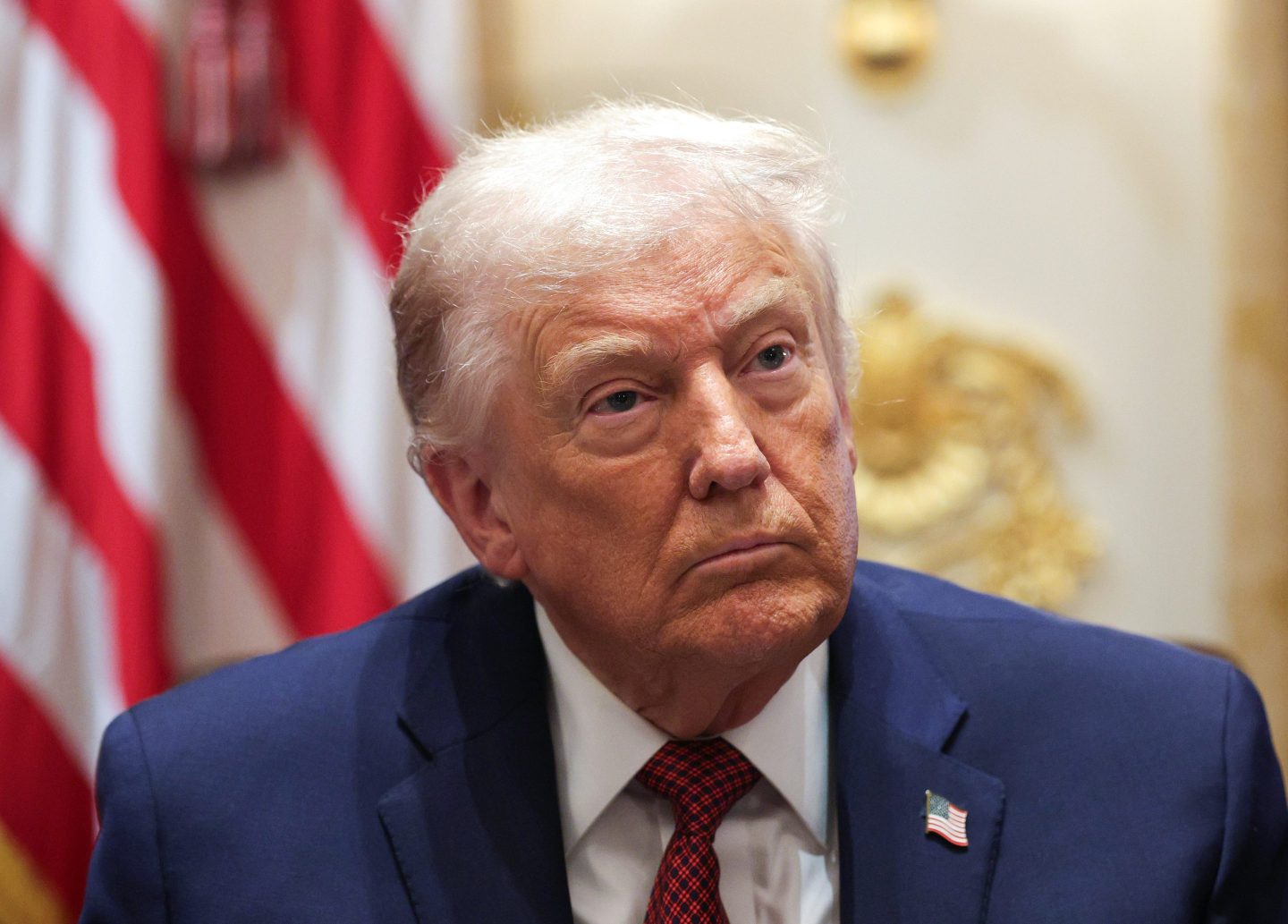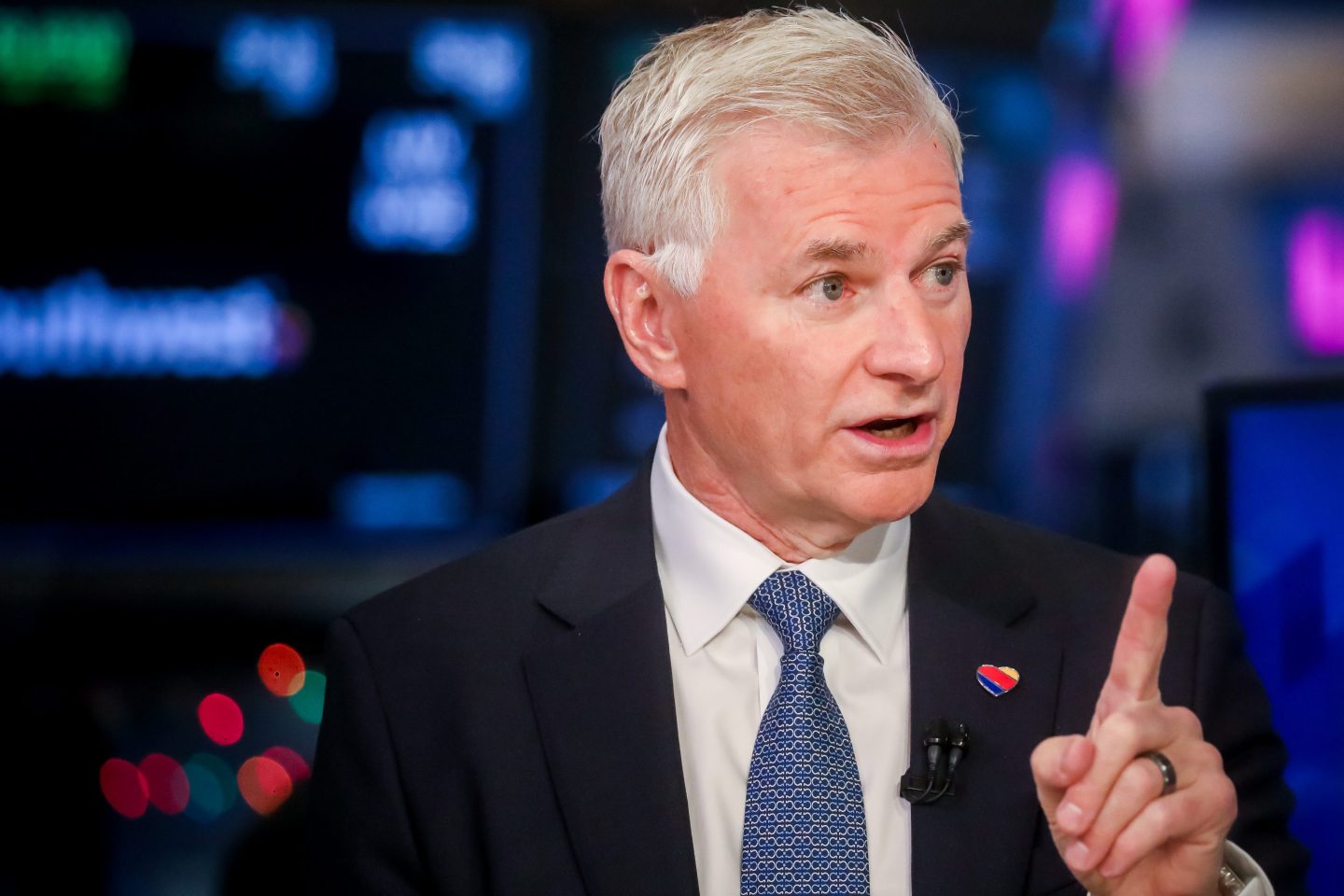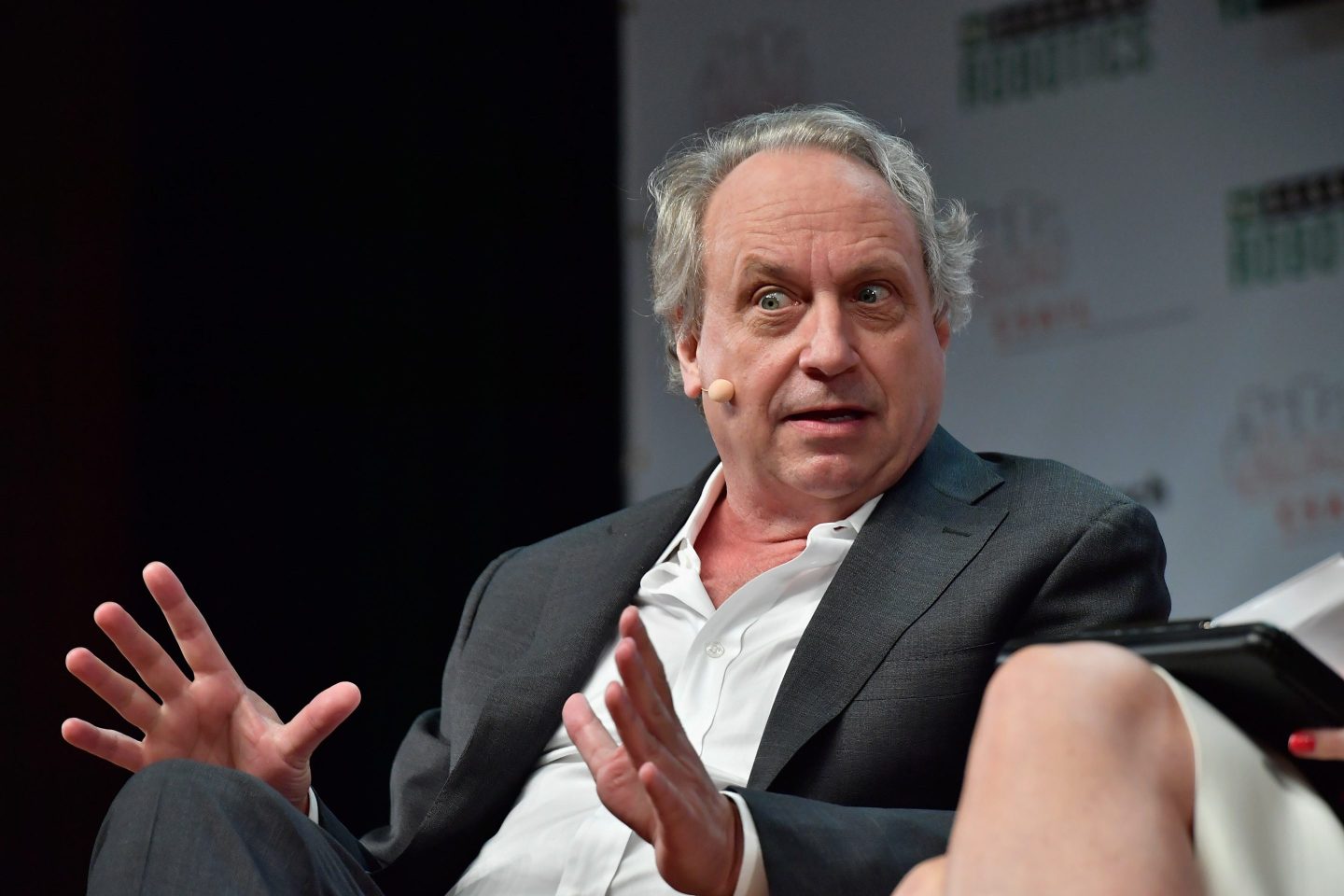This is the web version of Data Sheet, Fortune’s daily newsletter on the top tech news. To get it delivered daily to your in-box, sign up here.
Can technology be a force for good?
That’s the question a group assembled Monday by Fortune’s CEO Initiative discussed. (Yes, it was via Zoom; I nearly didn’t feel the need to say so. Eventually.) The goal was to suggest solutions to society’s problems that uniquely leverage the powers of tech and the industry that sells its wares. By agreement, I cannot say who said what, but here are some of the ideas we discussed, and my assessment of their prospects for success:
- As “re-skilling” will be imperative in the post-pandemic world order, what if an open tech platform could be used to share best practices? No one company would benefit, but all companies would be served by better trained workers. Ambitious.
- Increase access to digital products and use information technology to increase access to physical products and services. This suggestion is a hearty perennial and includes such tough-to-execute solutions as providing broadband everywhere and computers (or tablets or phones) to everyone. Doable but expensive.
- Use technology to deliver better, more accurate, more consistent public safety information in times of crisis, like a pandemic. The technology could be as simple as text messages. Agreeing on the right language would be the hard part. Doable but contentious.
- Call out “bad” as well as good uses of tech by way of assigning “resiliency” scores to tech players. Poor scores would prod embarrassed companies and people to improve. Good scores would provide positive examples. I’m a big fan of skepticism as a force for good.
These were just a few of the ideas our group discussed. Fortune will present the final proposals—and the metrics by which they’ll be measured—at the Oct. 26 (virtual) annual meeting of the CEO Initiative. The “Tech for Good” working group would love to know your ideas too. Please email me.
***
Brainstorm Tech, the July conference Fortune holds annually in Aspen, Colo., (except this year, when it will take place online Dec. 1-2) has expanded its leadership group. Fortune journalists Aaron Pressman (he of Data Sheet fame) and Lucinda Shen (who runs the VC and PE newsletter Term Sheet), are now editorial co-chairs. They are joined by Lo Toney, founding managing partner of the investment firm Plexo Capital, who will be an outside co-chair. Existing co-chairs Michal Lev-Ram, Andrew Nusca, Christa Quarles (who is not a journalist but absolutely could be if she wanted) and I are pleased to have them aboard.
Adam Lashinsky
This edition of Data Sheet was curated by Aaron Pressman.
NEWSWORTHY
The Zoom where it happens. Wednesday's Congressional showdown with the leaders of Big Tech will be fueled by a year-long antitrust investigation that reviewed more than 1 million documents and conducted hundreds of hours of interviews, so expect more than the usual vapid questioning, the Washington Post reports. The New York Times calls it tech's "Big Tobacco moment." On the other hand, some members plan to rehash their evidence-free charges of social media bias, so maybe do expect some vapid questions, too. Facebook decided to delay its earnings release until Thursday, joining Apple, Google, and Amazon on that date (and making for a very busy news day).
The boom where it happens. In case your Thursday is not busy enough, that's also the day NASA aims to launch its $2.7 billion Perseverance rover on its journey to Mars. The launch window opens at 7:50 a.m. ET. Perseverance and its super cool helicopter drone thingamajig are slated to arrive at the red planet on Feb. 18, 2021.
Best foot forward. Prepping for the CEO's testimony is not slowing down the Amazon empire. The company debuted a revamped app for its Alexa digital assistant that puts more emphasis on Alexa actions, like making a shopping list or playing music, while shunting third-party skills to a lesser role. Facebook's Instagram unit has also been busy shoring up its position in video by offering to pay top TikTok creators to join its Reels app. Seems like only yesterday when Microsoft was paying top Twitch creators to join Mixer. (How did that work out? Not well.)
Time to triple down on secrecy. At Apple, the whole 2020 launch calendar apparently just leaked. August is said to bring new iMacs and HomePods, while the usual September iPhone debut will also bring Apple Watch 6 and the AirTags Tile imitator. In October, the first Apple chips arrive in new MacBook and MacBook Pro laptops along with a revamped iPad Pro and Apple TV. Or so they say.
The other shoe. Perhaps not surprisingly, some top Intel executives are out the door after last week's 7-nanometer debacle. Murthy Renduchintala, chief engineering officer and group president of the Technology, Systems Architecture and Client Group, is leaving, and Mike Mayberry, who oversaw technology development, is retiring. Renduchintala, the longtime Qualcomm exec who joined Intel five years ago with wide responsibilities across the company, is not being replaced. Ann Kelleher, a 24-year Intel veteran, takes over Mayberry's role.
FOOD FOR THOUGHT
Most drones on the market have a number of rotors, usually four, that provide lift for flight. Professor at the University of South Australia Javaan Chahl and his team are developing drones with wings that flap like birds, dubbed ornithopters. Chahl explains why the group went with "nature's original solution" in an article at The Conversation.
Ornithopters fly differently to conventional drones. They can glide, hover, and perform aerobatics. In different situations, they can either save energy by flying like a regular aeroplane or choose to hover. They can take off and land slowly in tight spaces, yet might quickly soar upwards to perch like a bird.
Current multirotor drones hover very nicely, but use even more energy in forward flight than in hover, so they can’t really travel far. Fixed wing drones can travel efficiently at high speeds, but hovering is not normally possible without compromising the entire design. There are hybrid concepts, usually with wings and rotors. Hybrid aircraft perform poorly when hovering and cruising when compared to other designs due to additional weight and drag from having more parts.
ON THE MOVE
Jim Lanzone, former CEO of CBS Interactive and former chief digital officer of its parent company, CBS, is taking over as CEO of Match Group's Tinder dating app. Current Tinder CEO Elie Seidman is departing for venture capital land...Virgin Galactic hired longtime Disney veteran Michael Colglazier as its new CEO, replacing George Whitesides, who shifts to chief space officer...autonomous vehicle startup Rimac Automobili named former Aston Martin chief engineer Chris Porritt, who also worked at Tesla and Apple, as its chief technology officer...Twilio is bringing Michelle Grover in as its first chief information officer. Grover joins from SAP Concur, where she led a team of engineers focused on TripIt and the Concur mobile app...Luminar Technologies grabbed investment banker Tom Fennimore as its CFO, replacing Bill Zerella, who has left for points unknown. Fennimore was previously global head of automotive at Jeffries Group and Goldman Sachs.
IN CASE YOU MISSED IT
A $2.1 billion buyout offer could see another Chinese company delist from the U.S. By Naomi Xu Elegant
Intel’s decline makes rival chipmaker TSMC the world’s tenth most valuable company By Eamon Barrett
What’s behind Bitcoin’s surge? Experts have several theories By Jeff John Roberts
One of the year’s most buzzed-about graphic designers had a secret: He was a machine By Clay Chandler and Eamon Barrett
How the government could boost women- and minority-owned businesses—while turning a profit By Dale Mathias and Agnes Dasewicz
(Some of these stories require a subscription to access. Thank you for supporting our journalism.)
BEFORE YOU GO
An ongoing memorabilia auction happens to include the cover page of the October 9, 1989 edition of Fortune picturing Steve Jobs. And it's autographed by Steve Jobs. The minimum bid is only $11,000. I'm collecting all that loose change I've been saving during quarantine to see if it's enough.
Aaron Pressman
